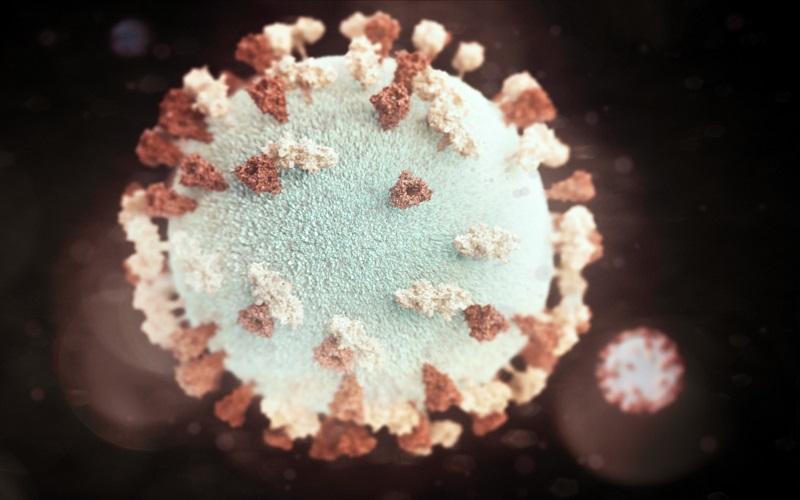Plant diseases are a major threat to global food security, causing significant losses in crop yields and economic damage. Accurate and timely identification of plant diseases is essential for implementing effective control measures and minimizing crop losses.
Symptoms of Plant Disease
Plant diseases manifest in a variety of symptoms, including:
- Discoloration of leaves, such as spots, blotches, or wilting.
- Malformed leaves, such as curling, stunting, or distortion.
- Lesions or wounds on stems, fruits, or roots.
- Presence of fungi, bacteria, or viruses on the plant.
Diagnosis and Identification Methods
Various methods are used to diagnose and identify plant diseases:
- Visual inspection: Trained personnel can often identify plant diseases based on visual symptoms.
- Laboratory testing: Laboratory tests, such as microscopic examination, culturing of pathogens, and DNA-based analyses, can provide more definitive diagnoses.
- Image-based identification: Image recognition tools are being developed to identify plant diseases using photographs or digital images.
Importance of Plant Disease Identification
Accurate plant disease identification is crucial for several reasons:
- Early detection and intervention: Early identification allows for timely implementation of control measures, preventing further spread of the disease and reducing crop losses.
- Selection of appropriate control measures: Proper identification helps in selecting the most effective control measures, such as fungicides, insecticides, or cultural practices.
- Monitoring disease spread: Tracking disease incidence and prevalence provides valuable information for disease management strategies.
Challenges in Plant Disease Identification
Plant disease identification can be challenging due to:
- Variability of symptoms: Symptoms can vary depending on the plant species, pathogen strain, and environmental conditions.
- Similarities between diseases: Different diseases may cause similar symptoms, making identification difficult.
- Presence of multiple pathogens: A plant may be infected with multiple pathogens, complicating diagnosis.
Advances in Plant Disease Identification
Technological advancements are improving plant disease identification:
- Development of image recognition tools: Image recognition tools are being developed to identify plant diseases based on photographs or digital images.
- Application of molecular techniques: Molecular techniques, such as PCR and DNA sequencing, are being used to identify pathogens directly from plant samples.
- Integration of data and tools: Integration of plant disease data and identification tools into mobile applications and online platforms is making it easier for farmers and growers to identify and manage plant diseases.
Conclusion
Plant disease identification is a critical step in protecting crops and ensuring sustainable food production. By combining traditional methods with emerging technologies, we can improve the accuracy, speed, and accessibility of plant disease identification, contributing to healthier crops and a more secure food supply.
Plant Disease Identification Service at Lifeasible
As a leading plant biotechnology company with exceptional experience in plant physiology, molecular biology, and biochemistry, Lifeasible is happy to offer specialized plant disease diagnosis services backed by cutting-edge technologies. We offer a variety of plant disease detection methods based on plant species, pathogen sources, and specific experimental purposes. Methods include: Thermography method, Hyperspectral method, Gas chromatography (GC), Fluorescent imaging, Biosensor detection, Polymerase chain reaction (PCR), Fluorescence in situ hybridization (FISH), Enzyme-linked immunosorbent assay (ELISA)…
Lifeasible also offers diagnostic services for forage diseases, especially for rapid and accurate identification and diagnosis of alfalfa diseases, including seedling alfalfa diseases, root rot, crown and stem rots, leaf and stem rot, foliar diseases, abiotic disease symptoms, etc.



